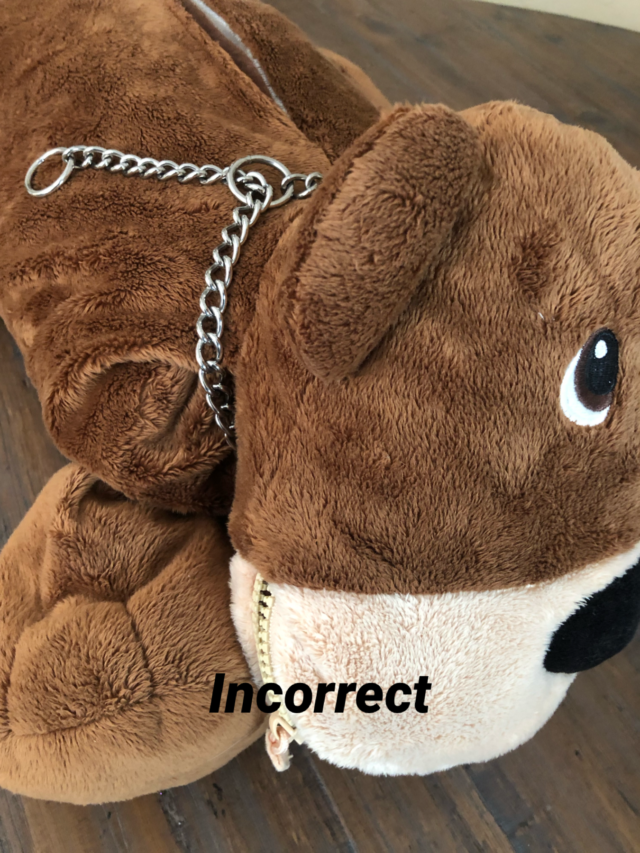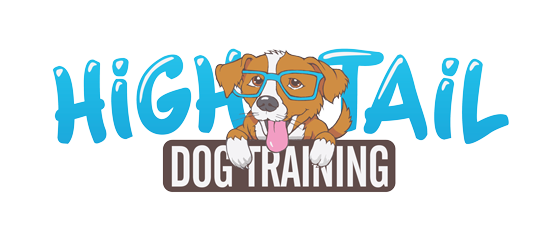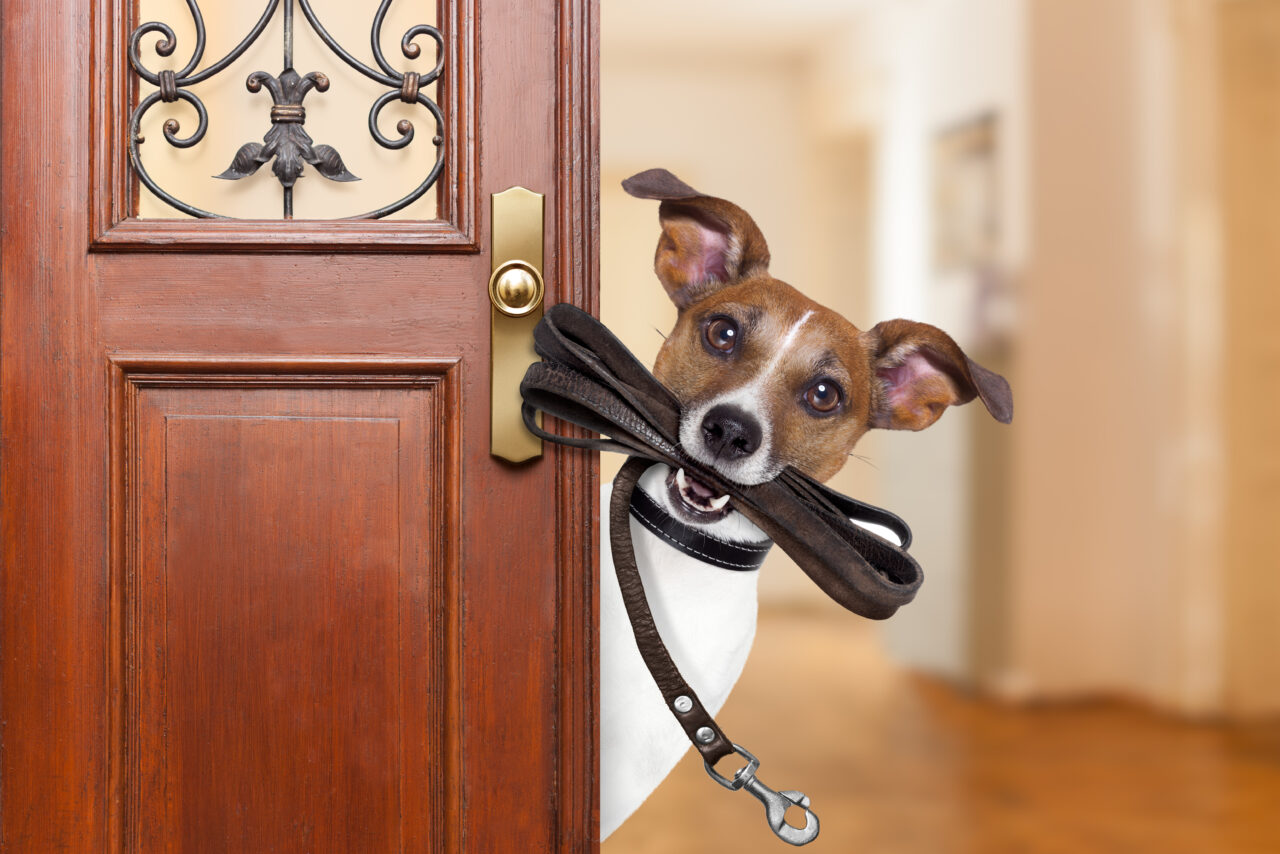Training Collar
Most professionals use a chain collar or choke chain for teaching dogs to heel. They are very safe and effective at teaching dogs not to pull when properly used. Dog harnesses have become very popular recently, as a method of restraint. A harness girths the strongest part of the dog, the chest, where the dog can pull the most vigorously, with the least effect on his forward momentum. That is why the harness is used for dogs to pull in sled dog racing. For obedience training, this is the opposite of what we are trying to achieve. Working with a properly fitted, chain training collar correctly, is key to teaching dogs not to pull. The correct size collar should be just big enough to slip over the dog’s head easily. A chain collar that is too large will be more difficult for the handler to operate correctly. You may have to buy a couple of sizes as your pup grows rather than purchase one big enough for him to grow into. For dogs under eight pounds, a nylon flat collar will work fine for obedience work.
First of all, we need to get the collar on correctly, which isn’t as easy as it looks. When the collar is on correctly, it will release tension around the dog’s neck, when the tension on the leash is released. If it is incorrect, the collar will stay tight when the tension is released. See pictures: They show how the chain collar should look with you looking at it from the right side of the dog, as the dog always heels on your left side. The objective is to teach the dog to walk at heel with a bit of slack in the collar and leash, rather than a constant tension. When the dog is out of position, the handler uses short tugs or jerks on the leash to bring the dog back into position. When the dog is in the correct heel position, the tension is released and there should be some slack in the leash. Ideally the dog will learn to watch you, to keep in the correct position, avoiding the short, sharp tugs on the collar as you guide him to walk at heel. In this way the dog is taught not to pull and to walk at heel with a lack of tension on the leash. If there is a constant pressure on the collar, the dog will not have to look to see your position because the dog can feel where you are through the constant pressure on his neck. This constant pressure will cause the dog to pull.
Leash
The best leash length for obedience training is six feet. The flat, nylon leashes readily available everywhere work well. Rope or chain leashes are too hard on your hands and unnecessarily heavy. A leash that is one inch wide is best for medium to large dogs. A slightly narrower, lighter leash can be used for smaller dogs.
Check Cord
A twenty-foot check cord or long line with a swivel snap on the end is very useful for teaching the dog to stay in the down or sit position from a distance. The extra length allows the handler to move further away from the dog but still have control. You want this longer line to be light weight so the dog is not dragging a lot of weight on the recall (when you call him to come to you).
Electronic Training Collar
The electronic collar is most useful for off leash work. It is the most effective tool for dogs that have learned to bolt, or play keep away when their owner is trying to get them to come. These dogs have learned that your ability to control them off leash is nonexistent. When the leash is off, they are free to do as they please. Many owners feel adversely about using an electronic collar, but it can save the dog’s life by preventing him from getting hit by a car in the street. The new generation of electronic collars are quite sophisticated and humane. They have adjustable levels of electrical stimulation that can be dialed to the dog’s sensitivity. At the lowest settings most dogs will not even notice the stimulation. To minimize stress on the dog the collar should be set at the minimum stimulation level that the dog will respond to. Most models have an audible “tone” warning button that emits a sound that the dogs will respond to once they are properly conditioned. If your dog will be swimming you will need to buy a collar that is waterproof.
Dogs must understand the basic commands very thoroughly before attempting to reinforce commands or to make corrections using the electronic collar. Dogs should be introduced to the electronic collar in a logical, step by step method using commands that they are familiar with. This is where a professional can really help, so that the desired responses to the corrections are reinforced rather than causing the dog to be fearful or confused. For a dog that is very willful, physically strong, overly exuberant, and relatively resistant to most physical means of correction, the electronic collar can certainly speed up the training process and response to commands. The electronic collar is not needed for most dogs but is the ideal tool for dogs that have learned to bolt, are willful or difficult to control. For owners of this type of dog, the electronic collar gives them piece of mind that they can have the ability to control their dog in all situations. Dog owners can then more fully enjoy their controllable dogs and have the freedom to allow their dog to go on walks, hikes or just have fun playing off leash.
Your obedience training toolbox can be as simple and inexpensive as a choke chain and nylon, six-foot leash. This is all you will need to get started. So, get out there, join a class, take some lessons, have fun and experience the joy of a well-trained, obedient dog!
 c
c
By: Debra Folsom


